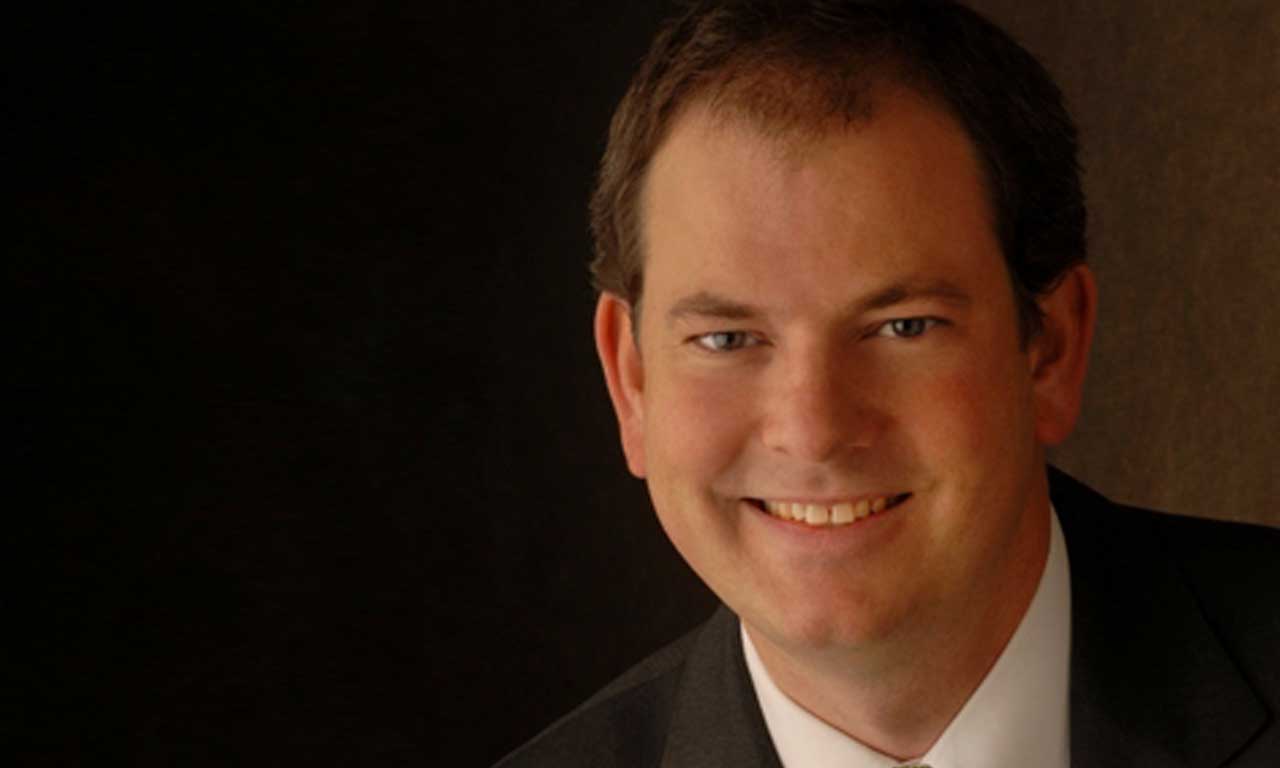In advance of the GreenBlue Innovation Summit on Forest Certification on June 12, GreenBlue interviewed a few of the event sponsors to hear their perspectives on why a Summit was needed. While informal, the interviews are intended to provide insights from different supply chain positions on expected outcomes from the event, as well as how this kind of event can help advance the forest products industry.
For our second interview in the series, we sat down with Townsend Bailey, Strategic Sourcing Manager of the Worldwide Supply Chain at McDonald’s Corporation.

Green Blue: Can you tell us a little about McDonald’s and how you fit into the forest products industry? Where do you fall in the value chain?
Townsend Bailey: With over 34,000 locations around the world, our restaurants use a lot of fiber-based packaging to serve our food. We want to make sure that all of it comes from responsible sources and well managed forests. Fiber sourcing is a top sustainability priority for McDonald’s, and we recently announced our target for 100% of our fiber-based packaging to be from recycled or certified sources by 2020.
McDonald’s is a sponsor of the GreenBlue Innovation Summit on Forest Certification, thank you for helping us make this event a reality. The summit will bring together stakeholders from across the forest products value chain to define the value of forest certification. Why is this important to McDonald’s, and why do you think all of the other supply chain participants should attend?
For McDonald’s, sustainability is about making sure that we are prepared to continue serving our customers well into the future. It’s about growing our business by making a positive impact on society. Specifically, certification is important to McDonald’s because people care where their food comes from and how it is sourced.
But the challenges of sustainability are bigger than any one company or sector of the value chain. Answering these challenges will require innovative thinking and collaboration, and McDonald’s wants to be part of the solution.
As an individual, you have been an active participant in the working group on this topic. What are you hoping the takeaway is from this event? What can other Supply Chain Sustainability Managers expect? What does success look like for the GreenBlue Innovation Summit on Forest Certification?
I expect good discussions with partners across the value chain, and would like to see ideas generated around ways technology could be better leveraged to ease the administrative burden and costs of certification without sacrificing the credibility and impact of the systems. I also hope the event will foster more collaboration between the leading certification systems in North America.
For people that have not been involved in the project up to this point, but will be attending the event or are interested in the work being done, is there anything that you would like to tell them about why forest certification is such a pressing topic in the forest products industry?
Certification systems provide a strong framework for guiding and measuring responsible forest management practices. For brand owners like McDonald’s, who sit far from the forest where their products originate, certification is an important way to verify that their products are produced in ways that are consistent with their values.
Some people will be traveling a long ways to come to this event, do you have any favorite books, apps, or articles you’re reading that you would recommend?
I am about halfway through Christine Bader’s new book, The Evolution of a Corporate Idealist: When Girl Meets Oil. So far it’s been a great read. It introduces the human side of corporations while also capturing the real challenges of change and progress. I look forward to finishing it on the flight to Charlotte.
Townsend, thank you and McDonald’s again for helping us put on the upcoming summit. We are looking forward to strong participation and lively discussions.
To be a part of this important discussion, find us on Twitter @greenblueorg.



